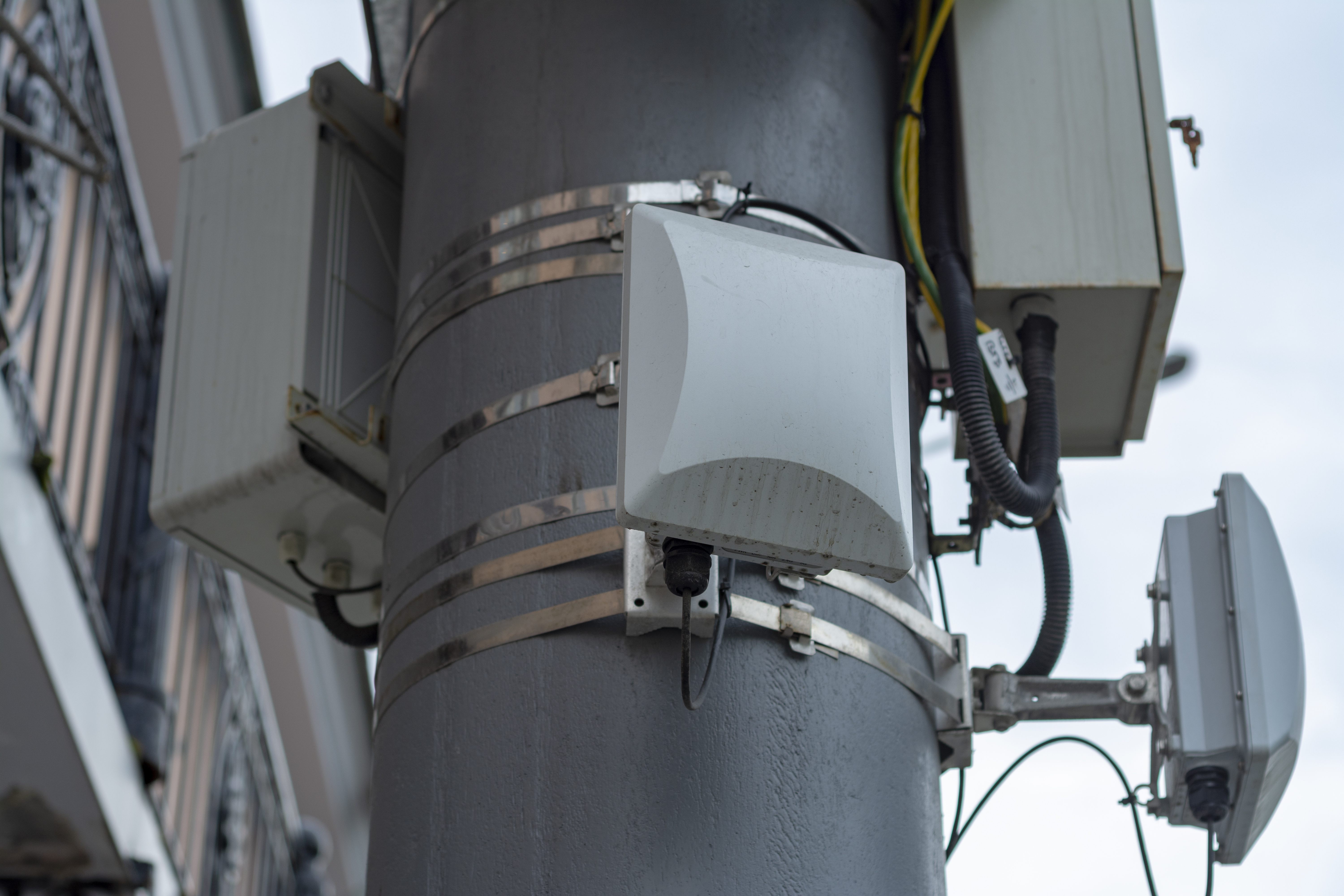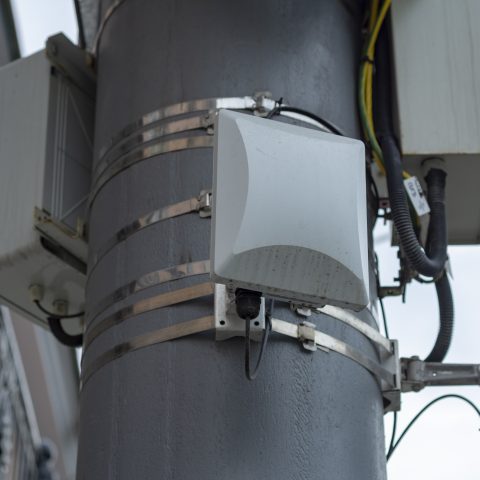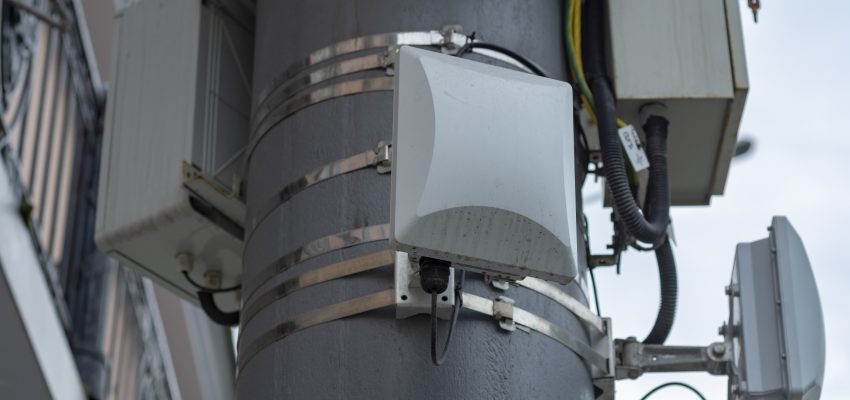In cities, increasingly dense telecommunication networks are bringing small cells to utility poles, streetlights and public rights of way, presenting new challenges for cellular carriers when it comes to powering and grounding a growing array of antennas and nodes. To provide the coverage and capacity needed to meet tomorrow’s data demands, carriers must evaluate different options for protecting sensitive equipment and structures with citizen safety as the top priority.
In this post, we will look at four specific scenarios that require additional considerations for powering and grounding small cell installations in dense locations.
A version of this blog was published as an article in October 2019 edition of AGL magazine. A digital version of the article is available here.
There are four main approaches for powering and grounding small cells and related facilities including metered and unmetered AC power, line powering using +/-190-volt (V), distributed powering, and solar photovoltaic (PV) power. Each method has advantages and disadvantages.

1. Metered and Unmetered AC Power
Powering and grounding considerations for metered and unmetered small cells are essentially the same (the distinction being the unmetered system eliminates the tariff monitoring element of the power supply).
The advantage is that AC power is the most readily available power source on city streets, meaning there is no remote power source and cabling to manage. The disadvantage is that there is no backup power in the event of an AC main failure.
When AC power is taken directly from a pole or underground infrastructure, exposure to lightning surges and power system transients can also be greater than what is typical in buildings, thus the need to provide local grounding.
2. DC Line Powering
In this scenario, a 48-volt DC (VDC) power system resides in a central office where the power is taken up to +/- 190 VDC resulting in a 380 VDC line-to-line voltage at the supply end. This voltage is fed via twisted pair copper wires up to the small cell and can be transmitted long distances without losses.
Line powering does not rely on local AC power and allows the use of existing copper wire infrastructure for telephones. Another advantage is that a battery backup can be installed at the central office. Furthermore, this arrangement may not require a local ground electrode (surge protection is needed, however, due to exposure of copper line to weather).
One drawback is that copper cables are not found in all places and where wires do exist, they may be in poor condition due to neglect. As well, there can be limits on the amount of power being transmitted; however, this can be overcome by using multiple wire pairs. And while there can be some worry about 380 VDC being present in phone wires, safety features built into the line powering equipment (such as using a ground fault interrupter circuit) can mitigate these concerns.
3. Distributed Powering
As 5G Americas and Small Cell Forum explain, distributed cluster powering arrangements via Hybrid Fiber Coax (HFC) “take advantage of advancements in DC power delivery … increasing the efficiency of DC-DC conversion to more than 95% and enabling the use of higher voltage levels to transport more power over long distances more efficiently.”
The main advantage is that HFC allows dozens of small cells (spaced hundreds of meters apart) to be connected from a single location with local grid power, thus eliminating the cost and disruption of a utility drop. The fundamental disadvantage of this powering method is that it is limited to small areas with very dense networks.
4. Solar Power
Power can also be provided by a solar PV array having regulated voltages and a backup battery. This method may be employed in remote areas, in temporary installations and in densely populated locations where other powering methods are not achievable.
The key benefit of a solar PV system is that it can be readily deployed with no need for electrical connection to any reticulated power supply. However, solar panels can require frequent cleaning, and charging and storage can be unpredictable. A backup battery system also means there is more equipment to manage—maintaining hundreds or thousands of battery units across a city can become costly and burdensome.
As densification allows more people to stream data at faster speeds, grounding and surge protection will be critical to ensuring network reliability and powerful 5G connectivity.
Telecom Facility Electrical Protection Solutions
nVent ERICO has been a solutions provider to the telecommunications industry for decades and can help customers understand different considerations for small cell powering and grounding. By protecting equipment from dangerous voltages, carriers can grow their networks to serve more customers with fewer service disruptions.
Have questions on small cell grounding or other telecommunications installation challenges? Need expert design assistance or solution selection?


